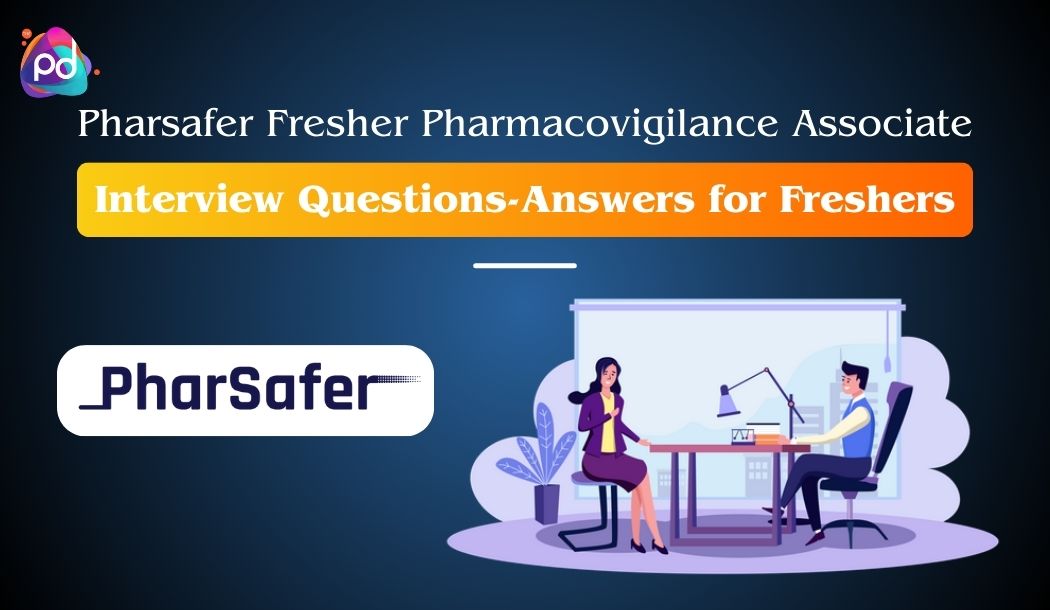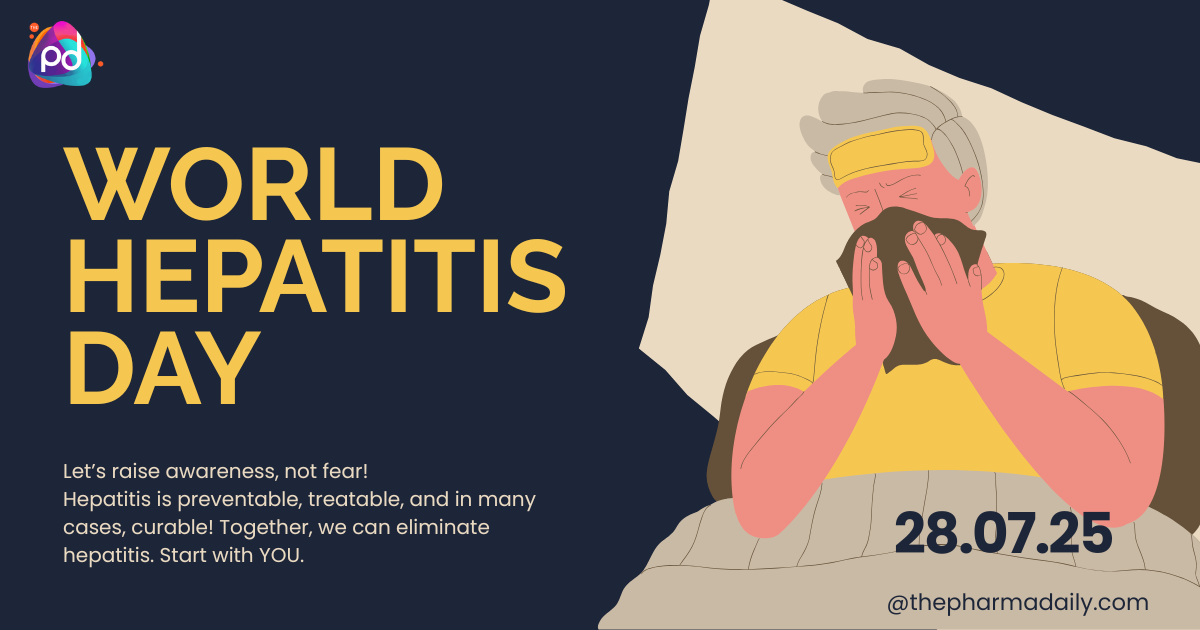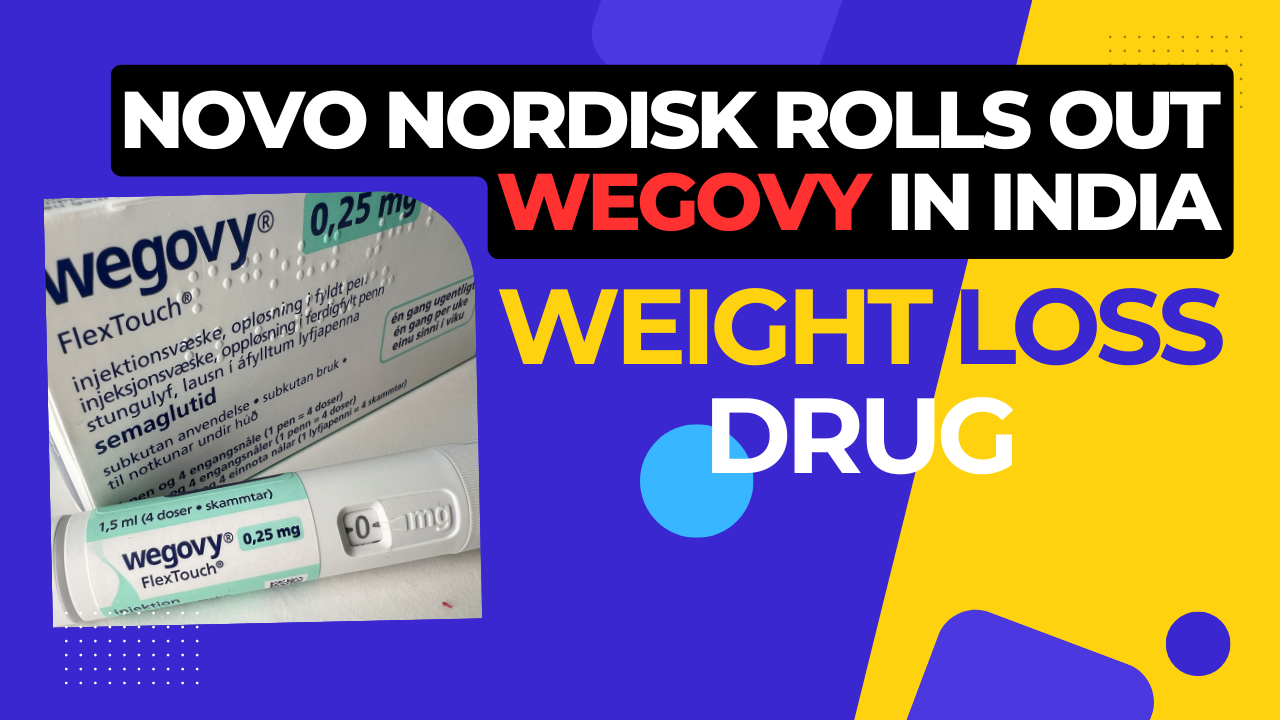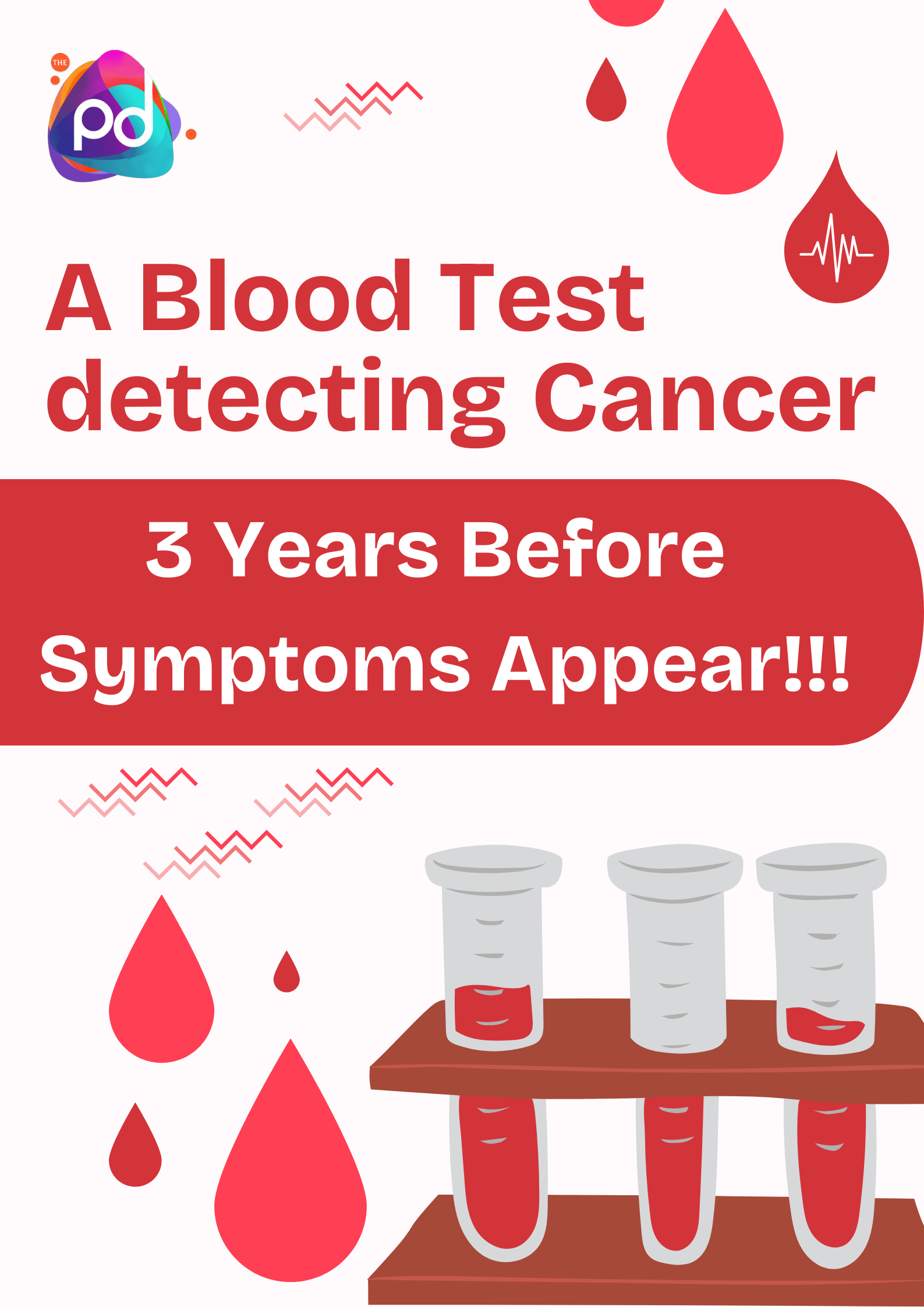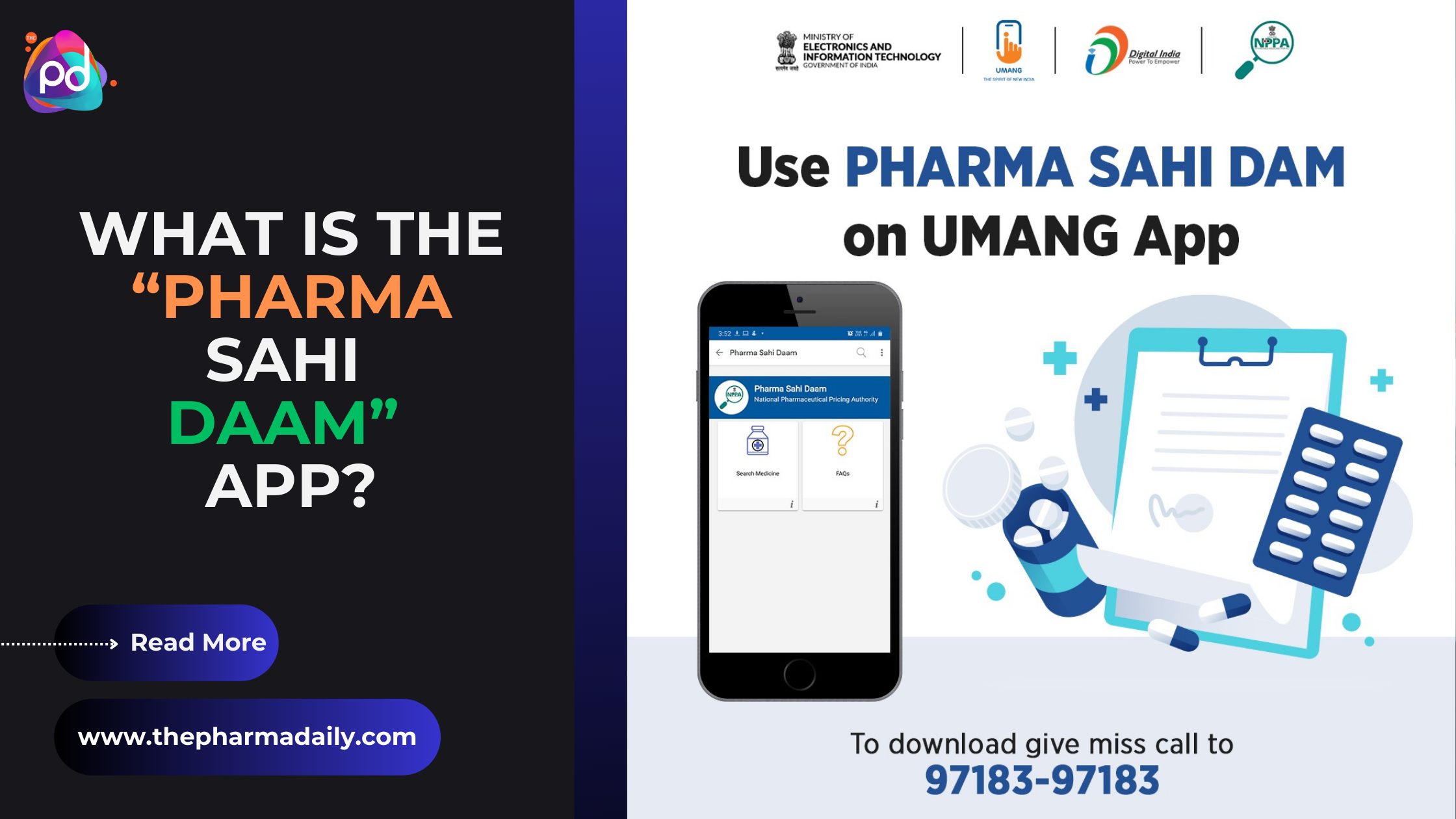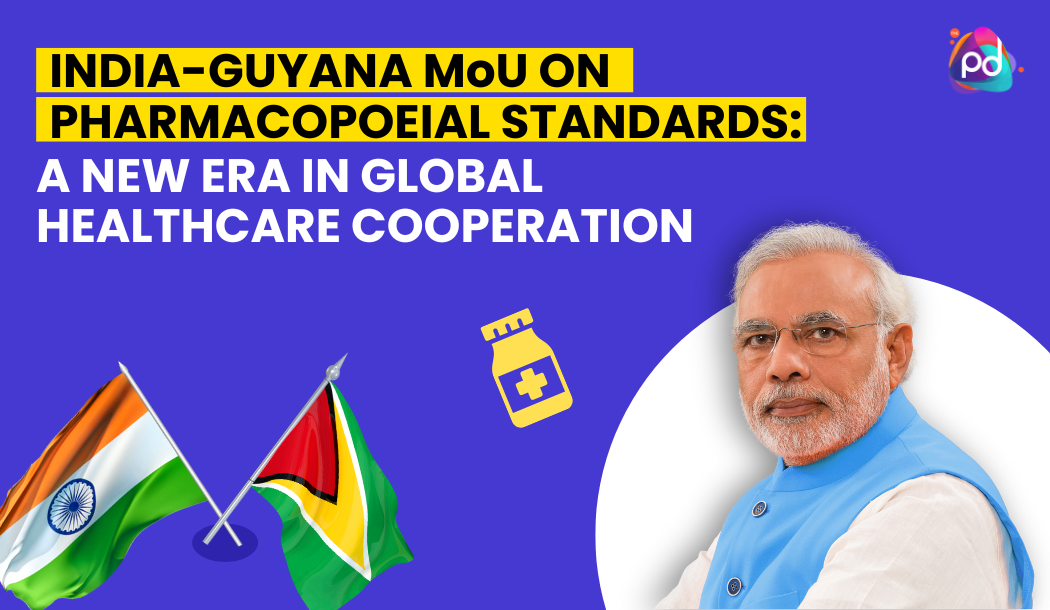World Hepatitis Day 2025 – Let’s Break It Down
Interview Preparation Guide for Fresher Pharmacovigilance Associate Position at PharSafer
Introduction to PharSafer
PharSafer is a leading global provider of pharmacovigilance and medical services, committed to ensuring the safety of pharmaceutical products. With a reputation for excellence in drug safety, PharSafer partners with pharmaceutical companies worldwide to monitor and evaluate adverse drug reactions. As a Fresher Pharmacovigilance Associate at PharSafer, you will be at the forefront of safeguarding patient health and contributing to regulatory compliance.
Top 20 High-Level Interview Questions and Answers for Fresher Pharmacovigilance Associate Position
Question 1
Q: Explain the lifecycle of a pharmacovigilance case from data collection to case closure.
A: The lifecycle of a pharmacovigilance case includes:
- Data Collection: Receiving and documenting initial adverse event reports from various sources.
- Data Entry: Entering the collected data into the safety database, ensuring accuracy.
- Coding: Using standardized terminologies like MedDRA for coding adverse events.
- Case Processing: Reviewing the case, assessing causality, and performing narrative writing.
- Quality Control: Conducting QC checks to ensure data accuracy and completeness.
- Regulatory Reporting: Preparing and submitting the case to regulatory authorities within specified timelines.
- Follow-up: Seeking additional information if necessary.
- Case Closure: Closing the case after all information is obtained and documented.
Question 2
Q: Discuss the importance of signal detection in pharmacovigilance.
A: Signal detection is vital for identifying new, rare, or unexpected adverse events associated with a drug. It involves analyzing large datasets to uncover patterns or trends that indicate potential safety issues. Effective signal detection helps in:
- Proactively managing risks.
- Informing regulatory decisions.
- Updating product labels with new safety information.
- Ensuring patient safety by mitigating adverse effects early.
Question 3
Q: Describe the role of the Qualified Person for Pharmacovigilance (QPPV).
A: The QPPV is responsible for:
- Overseeing the pharmacovigilance system of the Marketing Authorization Holder (MAH).
- Ensuring compliance with regulatory requirements.
- Acting as the primary contact point for regulatory authorities.
- Maintaining the Pharmacovigilance System Master File (PSMF).
- Ensuring proper case management, signal detection, and risk management activities.
- Overseeing safety reporting and ensuring the timely submission of safety reports.
Question 4
Q: Explain the process and importance of Periodic Benefit-Risk Evaluation Reports (PBRERs).
A: PBRERs are comprehensive reports submitted periodically to regulatory authorities. They:
- Provide an updated evaluation of the benefit-risk balance of a medicinal product.
- Include data from clinical trials, spontaneous reports, literature, and other sources.
- Discuss new safety information and changes in the product's safety profile.
- Ensure continuous monitoring of the drug's safety and efficacy throughout its lifecycle.
Question 5
Q: What are the challenges of managing pharmacovigilance in a global context?
A: Challenges include:
- Compliance with diverse regulatory requirements across different regions.
- Handling large volumes of adverse event data from multiple sources.
- Ensuring consistency and accuracy in data collection and reporting.
- Coordinating activities across global teams and time zones.
- Managing language barriers and cultural differences.
- Implementing harmonized safety practices and processes.
Question 6
Q: How does the Pharmacovigilance System Master File (PSMF) support regulatory compliance?
A: The PSMF is a detailed document that:
- Describes the pharmacovigilance system and its components.
- Outlines the roles and responsibilities of personnel involved in PV activities.
- Details the processes for adverse event reporting, signal detection, and risk management.
- Provides evidence of compliance with regulatory requirements.
- Facilitates inspections and audits by regulatory authorities.
Question 7
Q: Discuss the significance of real-world evidence (RWE) in pharmacovigilance.
A: RWE is derived from real-world data (RWD) collected outside of clinical trials, such as electronic health records, claims databases, and patient registries. RWE:
- Enhances the understanding of a drug's safety and effectiveness in diverse populations.
- Identifies rare and long-term adverse effects.
- Supports regulatory decisions and post-marketing surveillance.
- Complements clinical trial data to provide a comprehensive safety profile.
Question 8
Q: What are the ethical considerations in pharmacovigilance?
A: Ethical considerations include:
- Ensuring patient confidentiality and data protection.
- Conducting unbiased and thorough safety evaluations.
- Reporting adverse events promptly and transparently.
- Maintaining integrity and accuracy in data collection and reporting.
- Prioritizing patient safety and well-being over commercial interests.
Question 9
Q: How do you perform a root cause analysis for a pharmacovigilance quality issue?
A: Root cause analysis involves:
- Problem Identification: Clearly defining the quality issue.
- Data Collection: Gathering relevant data and information.
- Cause Identification: Using tools like fishbone diagrams or the 5 Whys to identify root causes.
- Analysis: Analyzing the causes to understand the underlying issues.
- Action Plan: Developing and implementing corrective and preventive actions.
- Monitoring: Tracking the effectiveness of the actions and ensuring the issue is resolved.
Question 10
Q: What is the role of artificial intelligence (AI) in pharmacovigilance?
A: AI plays a significant role in:
- Automating adverse event case processing and data entry.
- Enhancing signal detection through advanced algorithms and machine learning.
- Analyzing large datasets for safety patterns and trends.
- Supporting predictive analytics for risk management.
- Reducing manual workload and increasing efficiency and accuracy in PV activities.
Question 11
Q: Explain the significance of pharmacovigilance audits and inspections.
A: Audits and inspections ensure compliance with regulatory requirements and internal standards. They:
- Identify gaps and areas for improvement in the PV system.
- Verify the accuracy and completeness of safety data.
- Ensure proper documentation and reporting practices.
- Evaluate the effectiveness of risk management strategies.
- Foster continuous improvement and regulatory readiness.
Question 12
Q: How do you handle data privacy and security in pharmacovigilance?
A: Handling data privacy and security involves:
- Implementing robust data protection policies and procedures.
- Ensuring compliance with data protection regulations like GDPR.
- Using secure systems for data collection, storage, and transmission.
- Conducting regular security audits and risk assessments.
- Training staff on data privacy best practices.
Question 13
Q: Describe the concept of pharmacovigilance signaling and the tools used for it.
A: Pharmacovigilance signaling involves identifying and evaluating signals of potential safety issues. Tools used include:
- Statistical Algorithms: Like disproportionality analysis (e.g., PRR, ROR).
- Data Mining Tools: For analyzing large datasets (e.g., Bayesian data mining).
- Databases: Such as EudraVigilance, FAERS, and WHO VigiBase.
- Software: Specialized PV software like Oracle Argus Safety and Veeva Vault Safety.
Question 14
Q: How do you prioritize adverse event reports for follow-up and investigation?
A: Prioritization involves:
- Assessing the seriousness and severity of the adverse event.
- Considering the potential impact on patient safety.
- Evaluating the novelty and unexpectedness of the event.
- Identifying signals of previously unrecognized risks.
- Coordinating with healthcare professionals and regulatory authorities for high-priority cases.
Question 15
Q: What are the key components of an effective pharmacovigilance training program?
A: Key components include:
- Comprehensive training on PV regulations and guidelines.
- Hands-on training for case processing and data entry.
- Education on signal detection and risk management.
- Regular updates on new regulatory requirements and best practices.
- Ongoing professional development and refresher courses.
Question 16
Q: Discuss the impact of regulatory changes on pharmacovigilance practices.
A: Regulatory changes can:
- Require updates to PV processes and documentation.
- Introduce new reporting requirements and timelines.
- Mandate additional safety monitoring and risk management activities.
- Influence the design and implementation of PV systems.
- Ensure continuous improvement and alignment with global safety standards.
Question 17
Q: How do you approach the evaluation of drug-drug interactions in pharmacovigilance?
A: Evaluation involves:
- Reviewing literature and clinical trial data for known interactions.
- Analyzing spontaneous reports for new or unexpected interactions.
- Using databases and software to identify potential interactions.
- Assessing the clinical significance and impact on patient safety.
- Reporting findings to regulatory authorities and updating product information.
Question 18
Q: Explain the importance of narrative writing in adverse event reporting.
A: Narrative writing:
- Provides a clear and concise summary of the adverse event.
- Includes relevant medical history, concomitant medications, and clinical course.
- Offers a context for assessing causality and severity.
- Ensures accurate and complete communication of safety information.
- Facilitates regulatory review and decision-making.
Question 19
Q: How do you ensure compliance with pharmacovigilance agreements (PVAs)?
A: Ensuring compliance involves:
- Reviewing and understanding the terms of the PVA.
- Implementing processes to meet reporting timelines and requirements.
- Coordinating with partners and stakeholders for data exchange.
- Conducting regular audits and monitoring for adherence.
- Addressing non-compliance issues promptly and effectively.
Question 20
Q: Describe the process of preparing a pharmacovigilance inspection readiness plan.
A: The process includes:
- Conducting a gap analysis to identify areas needing improvement.
- Compiling and organizing all relevant documentation and records.
- Training staff on inspection procedures and expected conduct.
- Simulating mock inspections to identify potential issues.
- Ensuring continuous monitoring and updates to the readiness plan.
Preparing for an interview at PharSafer as a Fresher Pharmacovigilance Associate requires a deep understanding of advanced pharmacovigilance concepts and practices. By reviewing these high-level questions and answers, candidates can demonstrate their expertise and readiness for this crucial role.
Conclusion
Joining PharSafer as a Fresher Pharmacovigilance Associate offers an exciting opportunity to contribute to drug safety and regulatory compliance. Thorough preparation using this guide will help candidates succeed in their interviews and embark on a rewarding career in pharmacovigilance.
Note: Customize your responses based on your experiences and knowledge to align with the specific requirements of PharSafer.

